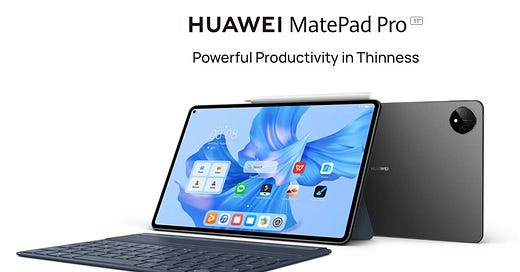Speed and Scale
UPDATE: China Mobile, Huawei Technologies, and Cernet Corporation, in a ground-breaking development, unveiled the 'world's fastest internet' network, claiming that the network can transmit data at 1.2 terabits per second, reported South China Morning Post.
An historic irony is that the Communist Party of China has fostered an unprecedented wave of entrep…




